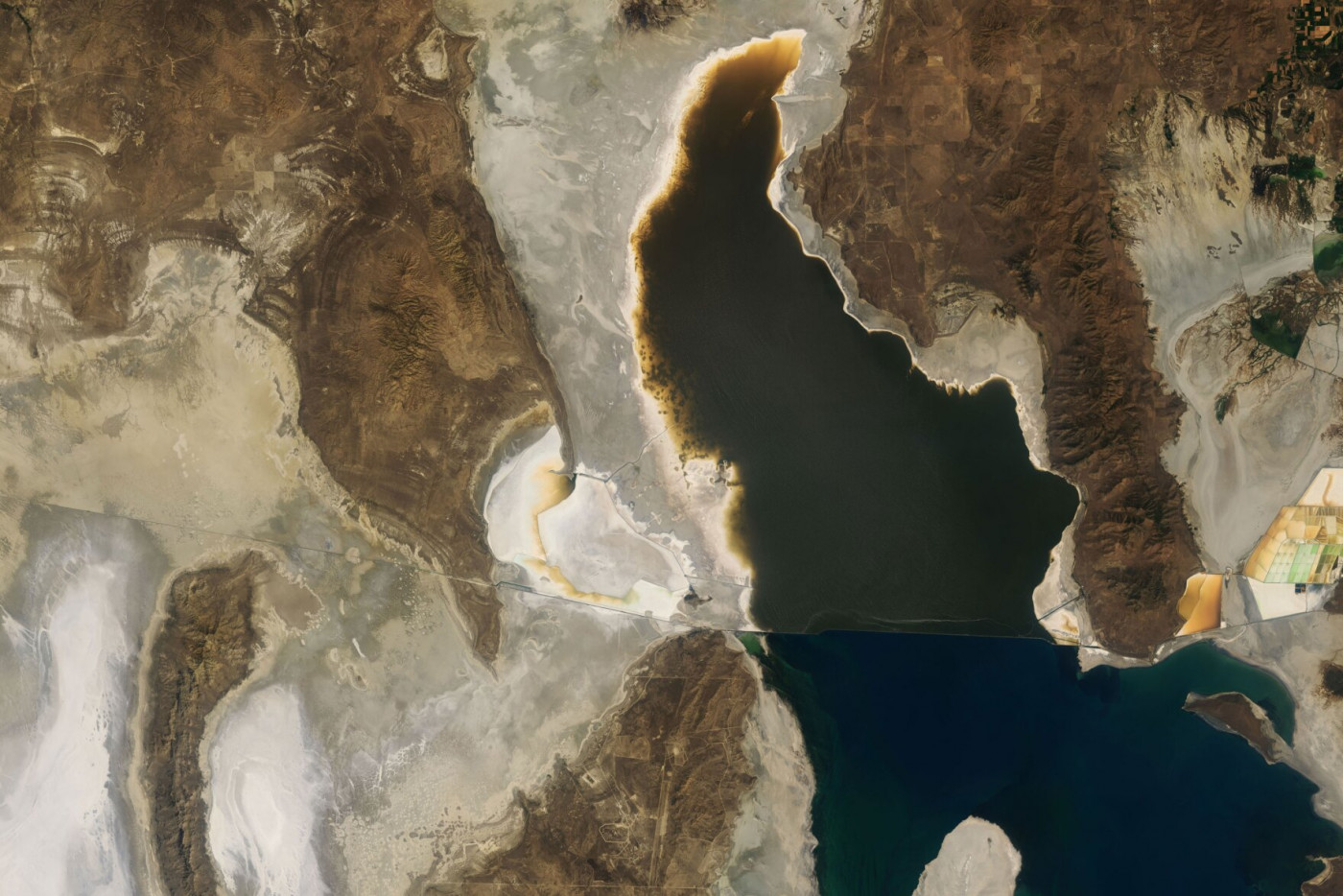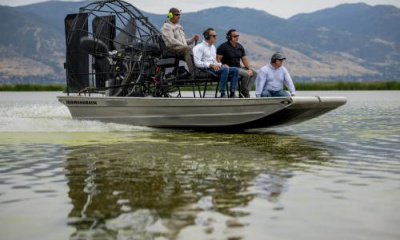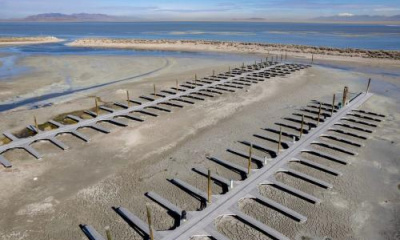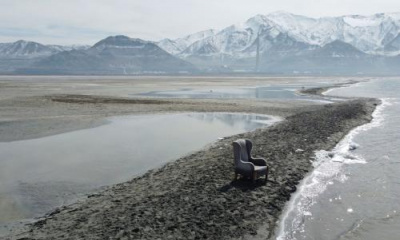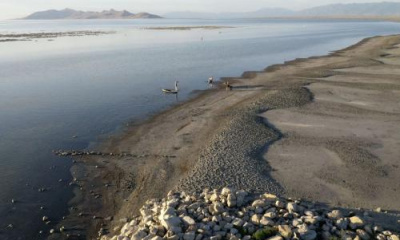State leaders are optimistic federal legislation that could provide millions in funding to help the shrinking Great Salt Lake will have traction in Washington, but some water advocates in Utah are still not satisfied.
The Great Salt Lake Recovery Act was introduced by Utah Sen. Mitt Romney and Reps. Burgess Owens and Chris Stewart last week. The bill asks the federal government for $10 million to study solutions to the West’s shrinking saltwater lakes.
The lake has been shrinking for years, but recent reports of arsenic-laced dust being kicked up from the drying lakebed have garnered national attention.
Romney said that attention might be what the bill needs to get passed in Congress.
“I do believe that the recognition of the consequence to Utah, to the national economy, and to surrounding states – the consequence of that being well known – will tend to concentrate people’s minds to take action,” Romney said.
If passed, the bill would authorize the Army Corps of Engineers to assess the conditions of the Great Salt Lake and other saline lakes in the west. A feasibility study would also look at potential solutions like delivering water from out of state via pipeline.
Although things like pipelines may seem far-fetched, Gov. Spencer Cox said Utah should explore all options to get more water into the lake.
“I think we owe it to everyone to look at every possibility out there,” said Cox. “What can we do? Let’s think outside the box, let’s see what that means, what would that cost, what would that look at?”
But some water advocates say that’s unnecessary.
Zach Frankel, the executive director of the Utah Rivers Council, said the research on the lake has already been done.
“To put a federal agency in the job of having to prepare a study that says ‘let’s use one of these protective tools to protect the lake’ is kind of silly,” he said. “There are thousands and thousands of pages of peer-reviewed, published science on the Great Salt Lake that have been reviewed and distributed for the last 50 years demonstrating the Great Salt Lake demands protection.”
Frankel said designating the entire lake as a state park or drastically reducing municipal water use would make a more immediate impact than further study.
Laura Vernon of the Utah Department of Natural Resources Division of Forestry, Fire and State Lands said human behavior could have a big impact on lake levels in the future, but the West still needs to see more natural precipitation to fully escape the drought.
“Humans have had an impact on the Great Salt Lake in the past, and I think we can have a remarkable impact on the lake in the future,” said the division’s Great Salt Lake coordinator. “I think we can shift gears and have humans come up with solutions to get water to the lake. That being said, we could come up with all of the creative solutions in the world, but if Mother Nature is not cooperating to some degree, then we’re going to find ourselves in a pretty tricky situation.”
The Utah Legislature passed a slate of water bills earlier this year, including setting aside $40 million for a Great Salt Lake watershed enhancement program.
Romney said the final price tag to protect the Great Salt Lake could be in the billions of dollars.

